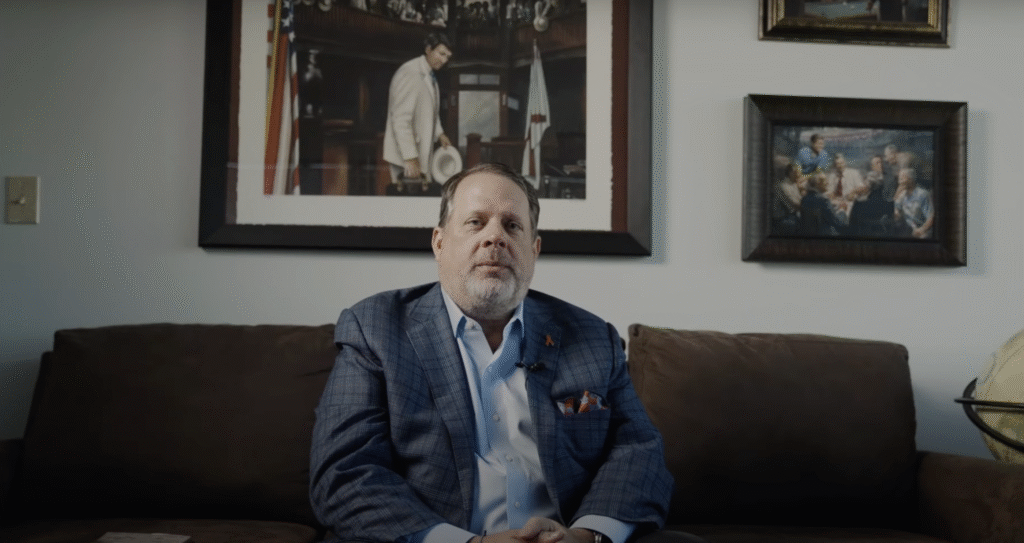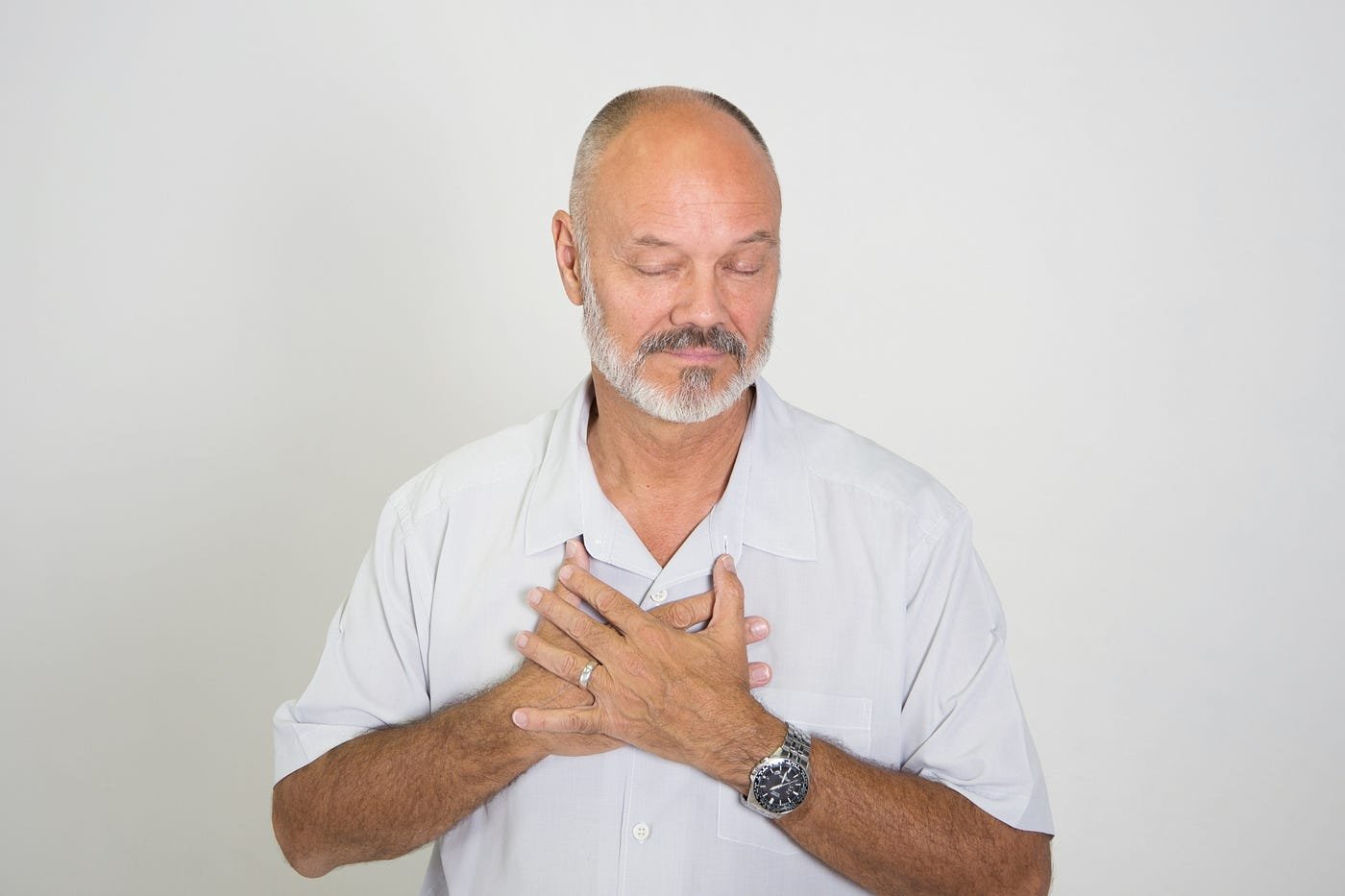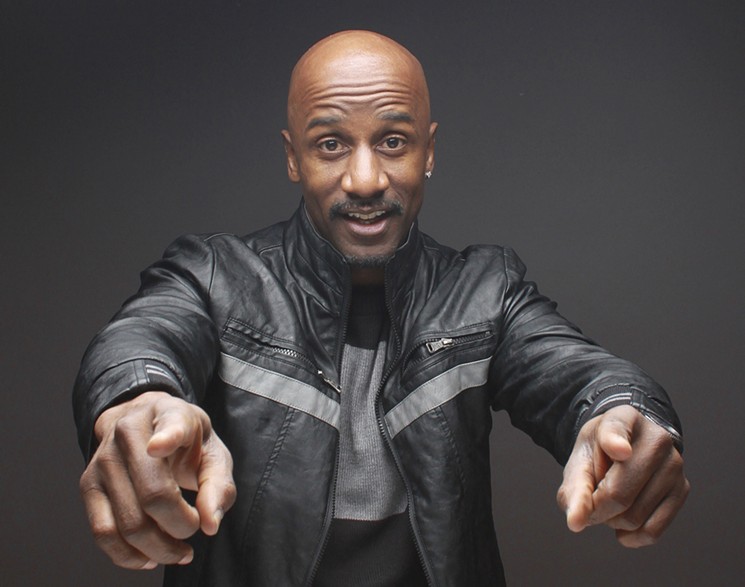From Courtroom to Compassion: My 25-Year Journey Representing CRPS Clients and Fighting for Awareness
From Understanding to Advocacy: A Lawyer’s Personal Mission to Stand With the CRPS Community I began representing individuals with Complex Regional Pain Syndrome (CRPS) in the late 1990s. At the

From Understanding to Advocacy: A Lawyer’s Personal Mission to Stand With the CRPS Community
I began representing individuals with Complex Regional Pain Syndrome (CRPS) in the late 1990s. At the time, my law partner had significant experience working with CRPS clients, and that gave me an opportunity to step into a space I would soon become deeply passionate about.
It didn’t take long for me to understand just how hideous and life-altering CRPS truly is. The nerve pain is unrelenting, often disabling, and it affects not just the person who has it—but their entire support system. Spouses, children, employers, friends… everyone feels the ripple effect.
What struck me the most early on was how forgotten these individuals were—not just medically, but legally. As I worked with more clients, their families, and their support groups, it became clear that we could offer more than legal support. We could give them dignity. We could fight for financial security and medical access. And we could do it with empathy.
CRPS Awareness: Then and Now
Over the past 25+ years, I’ve seen encouraging changes. The medical field has evolved in its understanding and treatment of CRPS. There are far more treatment options now than there were when I started.
Public awareness is also improving—especially following high-profile stories like Take Care of Maya on Netflix. That documentary elevated CRPS to the national stage and helped people outside the medical and legal communities understand the severity of the condition.
But there’s still so much work to do.
What I Look for in CRPS Cases
I’m often asked what kinds of cases I handle and how I decide whether I can take a client on. I only accept CRPS cases that involve a firm diagnosis—preferably from a pain management specialist. That kind of diagnosis tells me that the patient has met the necessary clinical criteria and gives the case a solid medical-legal foundation.
Most of my CRPS cases stem from trauma: vehicle accidents, slips and falls, work-related injuries. Some are the result of medical malpractice, which are particularly difficult to litigate because CRPS is often listed as a known complication on consent forms.
For a medical malpractice case to have merit, there must be more than just a bad outcome. We’re looking for negligence—procedures that weren’t medically necessary, or were performed below the standard of care, or needlestick injuries that caused direct nerve damage.
Overcoming Skepticism in the Courtroom

CRPS cases face intense scrutiny. Defense teams often argue the client is faking it, exaggerating, or simply misdiagnosed. They’ll point to other conditions or say, “It’s all in their head.”
That’s why credibility is everything. We work hard to present objective evidence: discoloration, swelling, temperature changes—things that can’t be faked. And we rely on the client’s honesty. Jurors are perceptive. They need to see a real person with a real condition, not someone looking for a payday.
It’s tough to convince a jury of something they can’t physically see. CRPS isn’t a visible injury like a broken leg or a missing limb. It’s invisible, but no less debilitating.
The Broader Impact of CRPS
CRPS doesn’t just take a physical toll—it affects every area of life. Families are often torn apart under the stress. Many clients can’t return to work, or can only do limited tasks. Brain fog from chronic pain makes even the simplest jobs impossible.
Most of my clients eventually file for Social Security Disability, but the process is often long and frustrating. Doctors may not recognize CRPS, and claims are frequently denied multiple times before they’re approved. Once approved, however, clients gain access to Medicare or Medicaid, which can be a huge help in covering future treatments.
The Cases That Stay With Me
I’ve had the honor of working with so many incredible people over the years, each one with their own story. Every case matters. But the ones that stick with me the most are those where we truly change the trajectory of someone’s life—where we’re able to give a family peace of mind, provide access to care, and bring some relief in the middle of suffering.
That’s what gives me personal and professional fulfillment.
Where We Go From Here
Thanks to increased public attention and media projects like Take Care of Maya and the upcoming Trial by Fire II, I believe we’re at a turning point in how society views CRPS.
On the medical side, research is finally catching up. We’re beginning to better understand how CRPS affects the entire body and brain—and we’re starting to see more effective (and hopefully more affordable) treatments.
I’ll continue to represent individuals with CRPS for as long as I’m able. As a Director on the Board of RSDSA, I also plan to continue advocating at the national level. My goal is to help my clients access not only legal justice, but the best care and information available.
Working with Experts and Advocates
Over the years, I’ve built a trusted team of experts—medical professionals, pain specialists, trauma therapists, life care planners, and vocational consultants. These individuals help paint a full picture of what our clients face—not just today, but for the rest of their lives.
I also collaborate with lawyers across the country. CRPS doesn’t stop at state lines, and neither should advocacy. Through my work with RSDSA, I’ve been fortunate to raise visibility for CRPS legal issues nationwide.
If You’ve Just Been Diagnosed with CRPS…
If you’ve recently received a CRPS diagnosis, the first thing I’d encourage you to do is understand how it happened. Was it the result of a car wreck? A slip and fall? A surgical procedure that went wrong?
If you have any questions at all about whether your CRPS might be connected to someone else’s negligence, reach out to a lawyer who truly understands this condition. Early legal guidance is critical to preserving your rights and making sure evidence is properly documented.
My Thoughts
CRPS is one of the most challenging conditions a person can face. It’s misunderstood, misdiagnosed, and often minimized. But those of us who work with this community every day know the truth.
We see the pain, the disruption, the lives turned upside down. But we also see resilience, strength, and hope.
My job—my calling—is to stand beside these individuals, amplify their voices, and fight for justice on their behalf.
For more information on Bryan visit https://www.cochranfirm.com/dallas/attorney/pope-bryan/
By Ravoke News Desk for Ravoke.com








